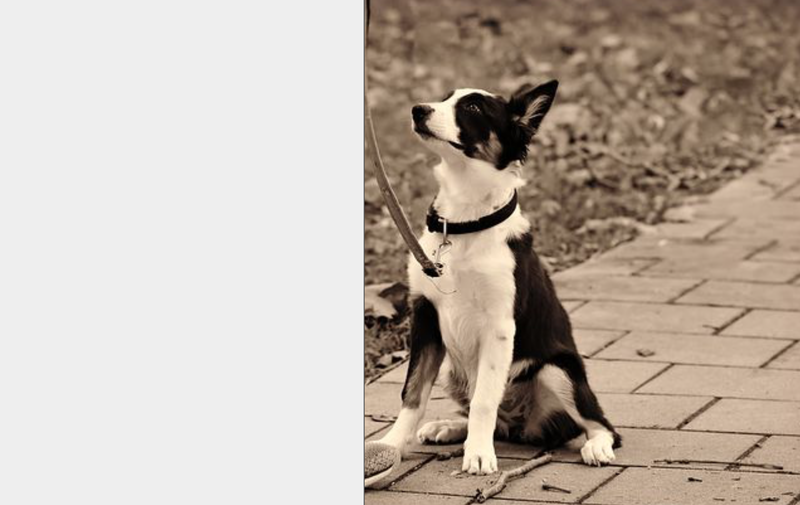Our learning target was “I can draw inferences from text.” We practiced a three-part gesture for “infer” that included the left hand over the face, adding the thinking gesture at the chin and then an “I got it!” gesture at the end. This emphasizes that when making an inference, you can’t see an entire picture so you have to think before making an educated guess. (See photos.)
Scaffolded instruction came next. Students were guided in making inferences about
- Complete photos
- Incomplete photos
- Incomplete sentences
- Complete sentences
- Yasmine was _______ as her mother tried to comfort her.
- The wind was so strong that the tree _______________.
- Everyone “oohed” and “ahhed” as the sky lit up but the dogs barked with each loud bang.
- In the kitchen, Luis was looking at his feet as his mother held up the broken pieces.
Student Generated Inference Questions
Then we moved to short paragraphs and asked students to read, generate inferences and then turn them into questions. For example, in this paragraph, inference questions might include:
When I got to school this morning, all of the teachers were hurrying around to get us ready to leave. “Did you all put your lunches in the cooler? If you brought sunscreen, please bring it to me.” The teachers are checking their lists and making sure we have everything we need.
- Why are the teachers hurrying?
- Where are they going?
- What will the weather be like?
- Will they be inside or outside?
- How many classes are going?
To boost engagement, we broke into two teams. Each team generated inference questions and placed them in an envelope. We then swapped the envelopes and had to answer the other team’s questions.
To practice these techniques, you will want to use passages that are complex enough to have inferences at your students’ readiness level, while keeping the vocabulary simple enough to not impede fluency and comprehension.
This hierarchy of practice worked very well for us and we will continue to embed these strategies into other lessons. Knowing that we have an evidence base for this approach makes us confident that we will see student growth with our inference standards.







 RSS Feed
RSS Feed